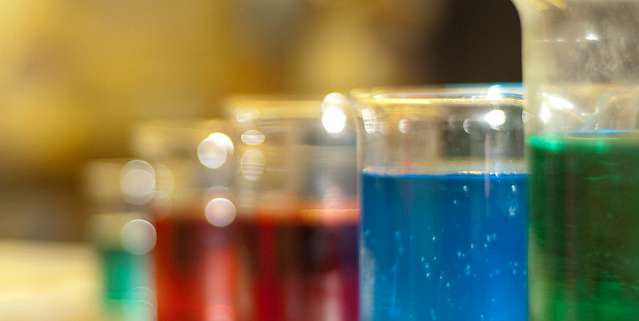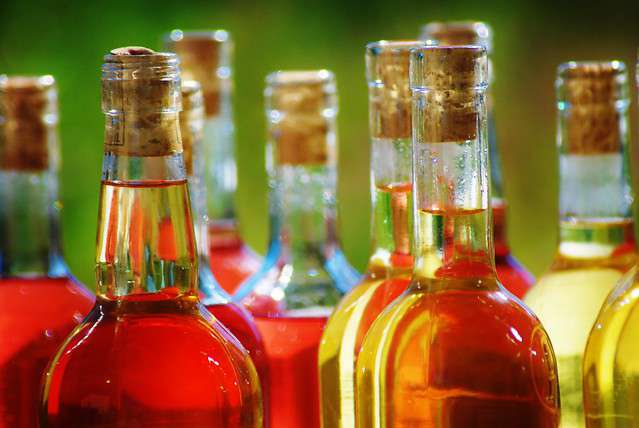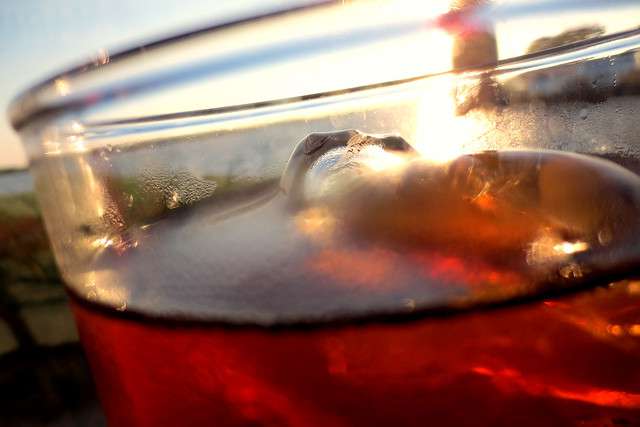
The commercial beverage industry utilizes food dye additives to create a rainbow of color choices which appeal to today’s market. Image Source: Flickr’ user The Kingsway School
This past weekend marked the end of my youngest son’s recreational basketball league and like most youth sports teams, we headed to our local pizza parlor to celebrate. Of course with the free range soda fountain, the ever popular “graveyard” soda pick was popularized that evening by none other than my own 8-year-old son. To those of you who are uneducated in the “graveyard” refreshment, it consists of a random selection of all soda fountain choices that when combine create a unique taste and color sensation. As I watched him mix his drink creation, I noticed that the selections have greatly expanded since the original “graveyard” beverage choices from my youth. Not only have the flavor choices expanded, but thanks to the analysis of food dyes in beverages, there are now many more vivid color choices available as well.
From bright colored soda flavors to multi-colored sports drinks and even flavored spirits, today’s beverage color selections have far exceeded the normal range of hues. Not only do the unique flavor combinations help sell the product, but the analysis of food dyes in beverages also play an important role in product formulation. With only a limited number of dyes approved by the Food and Drug Administration for use in foods, commercial beverage manufacturers must rely on only seven FD&C dyes to create the entire palette of artificial food colors to formulate the many color choices in today’s liquid refreshment selections1. Spectrophotometers offer a simple yet effective tool needed to maintain color consistency and quality in commercial beverages and can simplify the formulation process by quantifying and storing this information for batch-to-batch repeatability.




